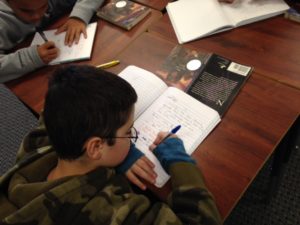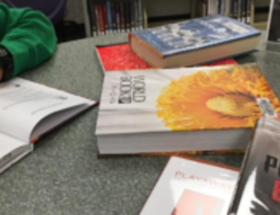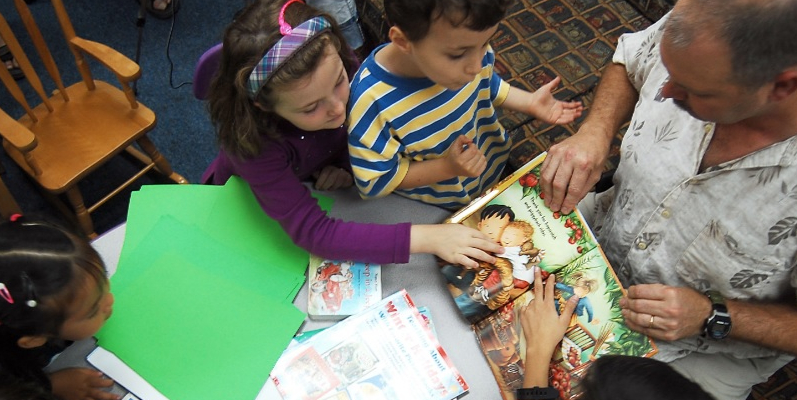I hear it all the time–“My students do a great job applying specific strategies during instruction, but when they are on their own, they struggle to apply the strategies they’ve learned and practiced.”
Teachers work tirelessly teaching and modeling thinking strategies during reading instruction. Students work hard learning and applying those strategies as they read independently. Why then do we see students straining to autonomously make meaning of complex texts?
There are five powerful steps we must take to facilitate an environment where students independently apply strategies when they read. Teachers can:
Create a coaching system
Teach a repertoire of strategies
Commit to an emphasis on conditional knowledge
Focus on student goal-setting
Provide feedback that transforms the learner
Create a coaching system. For years our son played soccer on a competitive club team. Twice a week I sat on the practice field and watched his coach put the players through drills in an attempt to build their repertoire of skills. I learned a lot about reading instruction in those years of hanging out on that soccer field.
The coach would show the players by demonstrating first and then the players lined up and worked to apply what the coach had shown them. The last 30 minutes or so of their evening session was a practice game among all the team players. When anyone correctly executed a skill they’d just learned that night, the coach would call their name and enthusiastically yell, “That’s it! That’s what I’m talking about!”
The reading classroom should look exactly the same. It’s absolutely critical that a consistent instructional protocol be in place that allows the “expert” to model, provide adequate time for readers to practice and interact and give students ways to show what they know. It’s important to include teacher/student conferences so there are moments where the teacher gets an opportunity to say, “That’s it!”
Returning to the soccer analogy–our son’s coach created a system in which he prepared the players each week for the big game. The crucial part (for the players) was not really the Tuesday/Thursday practice sessions. That’s not why the the boys signed up to play competitive soccer. The twice-a-week practice sessions were simply a means to the end. The end was the Saturday game.
Coach was preparing the boys so that on the day of the game they could be both player and coach. There is little opportunity for the coach to “coach” individual players from the sideline in the heat of the game. Players are responsible for choosing in a split second which of the skills from their repertoire of strategies/skills/tactics they will choose to independently apply in the big game.
Readers are called upon to do the same. The end is never strategy instruction. All of the strategy instruction, practice, student discussion and reader response assignments are only the means to the end. The end is independent strategy transfer that leads to deep meaning of challenging texts.
It is essential that we communicate clearly (and often) that the purpose of reading is to make meaning. The kind of meaning that leads to a change in the reader.
What system(s) have you created in your classroom that allows your students to choose the right strategy or skill at the appropriate time, which in turn, allows them to make meaning from complex, challenging texts?
In the next few posts, join us here as I’ll share more about the remaining four steps to creating independent readers who proficiently make meaning of challenging texts.












